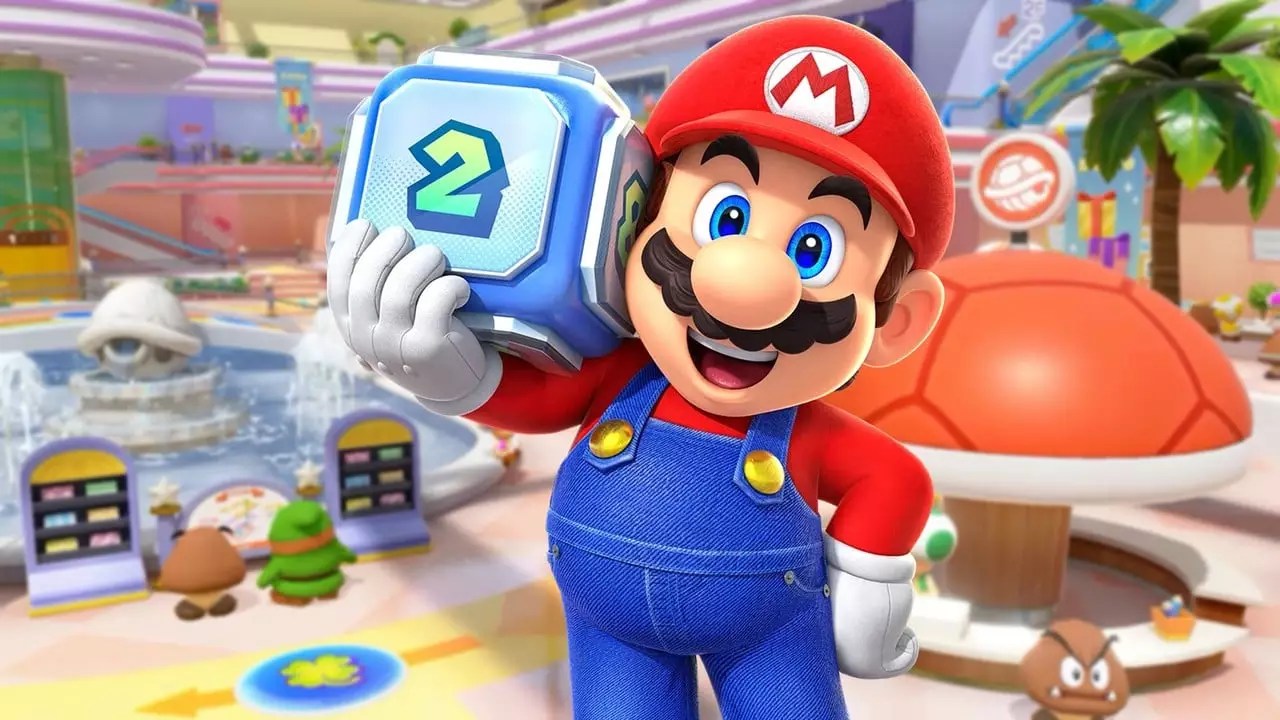Nintendo has always had a knack for delivering fun and engaging multiplayer experiences, and the upcoming release of **Super Mario Party Jamboree** appears to be no exception. With a slated launch on October 17, 2024, excitement is palpable among fans, as early impressions suggest a vibrant return to the cherished Mario Party formula—now more expansive and immersive than ever. This article endeavors to unpack the elements that position *Super Mario Party Jamboree* as potentially the most robust entry in the series while also examining why cautious optimism may be warranted.
At first glance, *Super Mario Party Jamboree* is making waves with what is being touted as a vast arsenal of new modes and gameplay options. Critics have already suggested that this may be the most content-rich installment to date, offering more ways to play than ever before. This bold ambition is partly encapsulated in Nintendo’s marketing strategy, promoting Jamboree as “bigger” and “bolder.” But what does this really mean for the gameplay experience? The challenge lies in maintaining a balance between depth and complexity, ensuring that new players aren’t overwhelmed while veteran gamers relish the robust offerings.
Expansive features alone do not guarantee success. Each new iteration of Mario Party faces the scrutiny of players fond of the classic gameplay mechanics while also being eager for innovation. Nintendo seems to recognize this duality, working to satisfy both camps. However, the question remains whether Jamboree will deliver sufficient nuance to keep the gameplay entertaining over numerous sessions, particularly as player familiarity mounts.
One of the most striking features reported by early impressions is the game’s visual fidelity and performance. Reviewers laud the “silky smooth” rendering at a solid sixty frames per second, accompanied by vibrant and diverse boards. Such fluidity enhances the multiplayer experience, making it pivotal for maintaining immersion whether players are engaged in heated competitions or light-hearted fun. Who wouldn’t appreciate a game that not only looks attractive but also performs efficiently, minimizing restrictions such as lag or frame drops?
Efficient performance is particularly crucial as multiplayer titles face unique challenges related to synchronizing actions across multiple users, where even the slightest hiccup can detract from the enjoyment. Thus, the emphasis on seamless integration of graphics and gameplay further enhances the expectations surrounding the title.
Another intriguing aspect of *Super Mario Party Jamboree* is the return of motion-controlled mini-games—a feature that harkens back to the Wii era and reminds players of the active engagement that made those titles memorable. Enthusiasts are particularly excited about modes like **Paratrooper Flight School**, **Toad’s Item Factory**, and **Rhythm Kitchen**, which invite players to dance, move, and interact physically. This sensory engagement can serve to enhance the social aspect of gaming, creating memorable moments as friends react and laugh together.
However, not every player may share this enthusiasm. For some, this retro element could feel like a gimmick rather than an essential gameplay feature. It therefore becomes critical for Nintendo to ensure these mini-games are not only fun and nostalgic but also integral to the overall experience, enhancing rather than detracting from the core strategic elements that fans expect from the Mario Party series.
The potential for longer game sessions marks another significant evolution in *Super Mario Party Jamboree*. Critics hint that extended play could provide a more substantial and rewarding experience. The inclusion of randomized elements is another means of leveling scores, creating opportunities for significant comebacks even for players struggling with luck early on. This aspect may not only invigorate competition but also mitigate the frustrations often linked to luck manipulation in previous titles.
That said, if players find themselves embroiled in drawn-out matches without clear resolutions or milestones, the excitement could wane. To thrive, Jamboree must strike the right balance between offering extended gameplay and ensuring it remains engaging throughout—an ambitious task that could either ride high on nostalgia or fizzle out under the weight of its own mechanics.
*Super Mario Party Jamboree* has all the makings to redefine the franchise on the Nintendo Switch, boasting win-win possibilities in terms of features and performance, though the execution remains key. As the release date approaches, fans are left to wonder: will this be the game that revives their love for Mario Party, or will it falter under the pressure to innovate? The answer lies just around the corner.


Leave a Reply